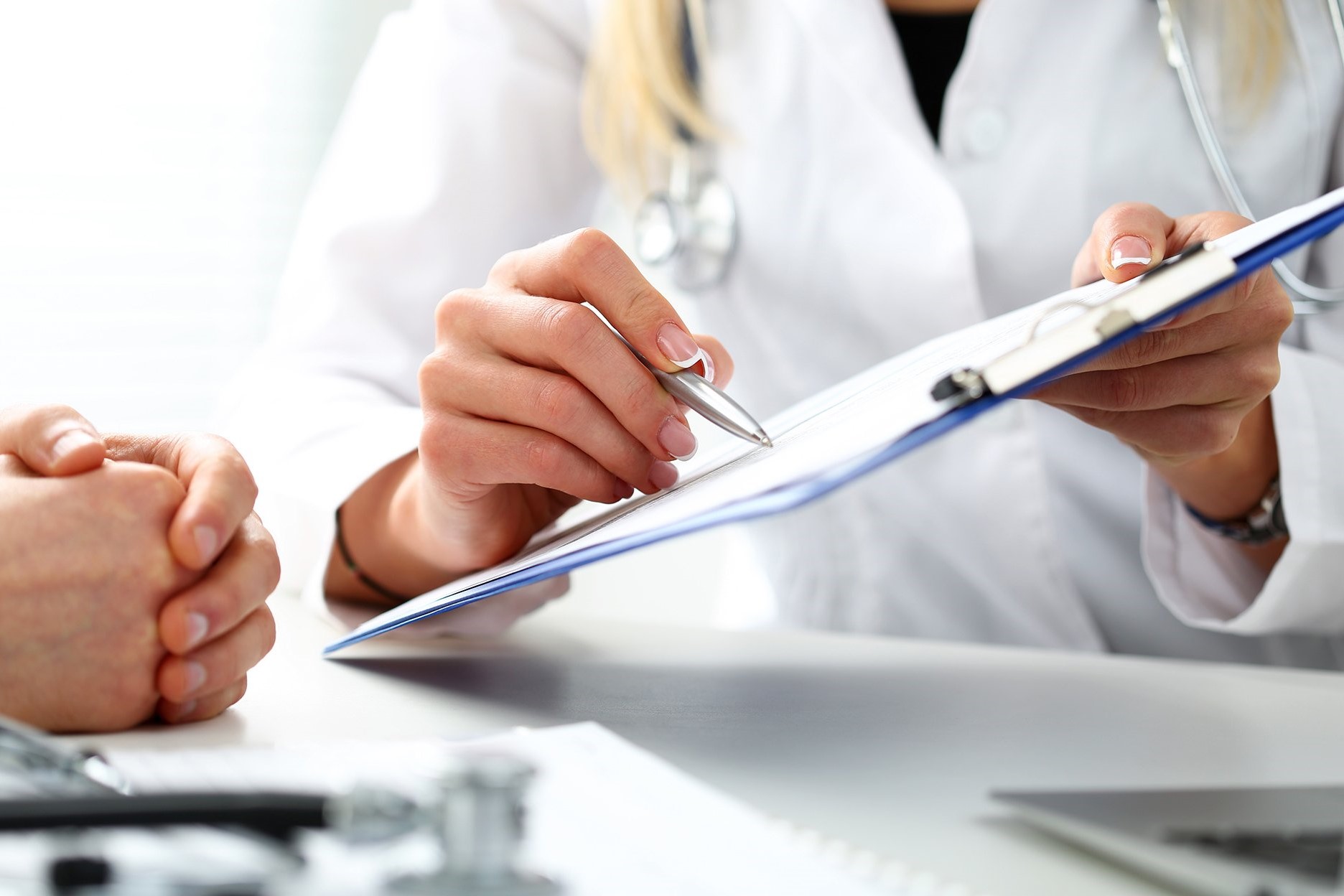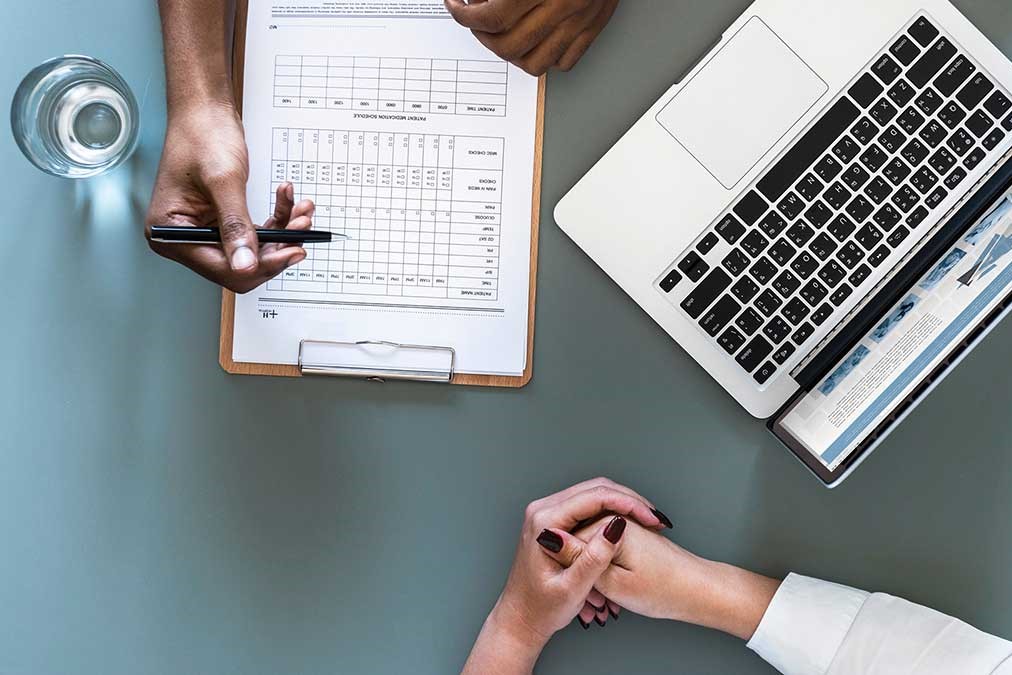
What is a medical history? Medical significance and how it is done
About medical history: by ‘anamnesis’ in medicine we mean the collection – if possible from the direct voice of the patient – of all that information, news and feelings that can help the doctor to direct him or her towards a diagnosis of a certain pathology or towards a specific group of diagnostic tests, skimming off all the less probable possibilities and tests that are likely to be of little use in reaching the diagnosis
The anamnesis is important for the doctor especially the first time he meets a patient, since he – for the practitioner – is, from a clinical point of view, a perfect stranger.
Medical history: the word anamnesis comes from the Greek ἀνά-μνησις, ‘recollection’
When the patient cannot answer
There are certain situations in which the patient cannot answer the doctor’s questions, or their answers are not reliable, e.g:
- infants, infants or young children;
- subjects with severe psychiatric illnesses;
- subjects in coma or with loss of consciousness;
- subjects with pathologies that prevent them from speaking, such as those who have suffered a stroke;
- persons who cannot remember properly, such as the elderly, those with dementia, Alzheimer’s disease;
- individuals who speak a language other than the doctor’s language.
In these cases, answering questions will be the responsibility of family members (e.g. parents in the case of an infant or children in the case of an elderly person).
In some cases, it is not possible to take an anamnesis (e.g. unknown person who comes to the emergency room in a coma alone).
Why is a correct anamnesis (medical history) so important?
Gathering the correct information without omitting anything can greatly help to reach a correct diagnosis as quickly as possible.
The anamnesis is – together with the objective examination of the patient – of fundamental help in formulating the diagnosis, as it reconstructs the mode of onset and course of the disease in question, also investigating possible genetic inclinations (predisposition to genetic and family diseases) of the family group towards the onset of certain types of disease (family history).
In this sense, it is also used to initiate surveillance programmes for individuals at risk.
What are the advantages of the anamnesis?
The advantages of a correct anamnesis are various and can be summarised as follows
- more precise diagnosis
- diagnosis reached more quickly; and
- therapy undertaken more quickly;
- patient subjected to as few diagnostic examinations as possible;
- patient undergoing the least invasive diagnostic examinations possible;
- patient taking correct medication and not incorrect medication;
- patient costing the national health system (i.e. all of us and our taxes) as little as possible.
All this ultimately leads to a greater possibility of treatment, quickly, with low costs for the community and as little discomfort as possible for the patient.
Example of how a correct medical history can help the doctor make a diagnosis
A patient has been feeling very tired and sleepy lately and does not understand why.
Through the anamnesis it is discovered that his father is diabetic, that the patient has an unbalanced diet, does little physical activity and is overweight, urinates a lot during the day and has not had a blood test for a long time.
Already with such a history the doctor will point his tests in a certain direction to confirm his strong suspicion of diabetes mellitus.
Forgetting to collect all the information at the anamnesis could result in a diagnosis being missed or delayed, and we know how important the time factor is for some diseases.
How to organise a correct diagnosis
The anamnesis is divided into several parts, mainly a family and a personal one.
The personal history is in turn divided into physiological, remote pathological and proximate pathological.
The collection of anamnestic data will differ depending on the age and gender of the person.
Collection of generalities
First, details of name, age, gender, marital status, place of birth and residence are collected.
These details serve to identify the person being questioned.
This part is only compiled the first time the person comes to the doctor’s observation, and then becomes part of the medical record (or medical file).
The collection of generalities is followed by:
- the family history;
- the physiological anamnesis;
- the proximate pathological history;
- remote pathological history.
Family history
The family history involves only two areas: ascendants (parents and grandparents) and collaterals (brothers and sisters).
Thus, the health status of the patient’s parents and collaterals or their age and cause of death, if any, is investigated.
This point is very important in order to find out the genetic risk factors (which can be visualised by means of a genogram), environmental risk factors, or any family predisposition.
Some pathological conditions are not transmitted hereditarily, but there is evidence of a family predisposition.
Examples are hypertension, ischaemic heart disease, allergopathies, diseases of the immune system.
Information about grandparents may also be requested, especially if an autosomal dominant disease with incomplete penetrance is suspected (they come to observation as phenotypes skipping a generation).
Personal physiological history
Birth: the patient is asked about his or her own birth, whether full-term or not, and about the birth whether natural (eutocic or dystocic birth) or operative (caesarean section), birth weight, breastfeeding, mercenary or artificial breastfeeding, first acts of childhood (teething, first steps, first words) and, if applicable, schooling.
Puberty: menarche, regularity of menstrual flow, appearance of first hair, school performance, somatic (stature and weight) and psychic development.
Military service: to ascertain the presence of any obvious pathologies at the conscription examination.
Marriage and pregnancies: reproductive activity is investigated, number of children (parity) number of pregnancies and mode of births, miscarriages, onset of breastfeeding. Information is also asked about marital status and the progress of the marriage as marriage can lead to the onset of certain neuroses (marriage pathology)
Sexuality: the patient’s sexual life is discreetly investigated, in particular the presence of sexual problems, erectile dysfunction, decreased libido, dyspareunia, presence of risk behaviour for sexually transmitted diseases such as promiscuous and unprotected sexual intercourse.
Menopause: age of onset (early or late) occurrence of manifestations and symptoms, possible complications, replacement therapy.
Eating habits: quantity and quality of food.
Lifestyles: use of alcohol, tobacco, drugs. Sedentariness. Social relationships. Economic, family, home situation, especially in the elderly person who is often subject to changes in the family unit and/or in the relationships between relatives as well as subject to change of residence.
Environmental, drug or substance allergies.
Bowel movements: regular or irregular, frequency, difficulty or pain on defecation.
Urination: quantity, frequency and colour are investigated; whether nocturnal urination is present, or whether it causes burning.
Work activity: at this stage, information is gathered on the type of activity one carries out or has carried out, to understand whether one is or has been exposed in the past to physical, chemical or biological agents or other possible conditions potentially responsible for occupational disorders or diseases. It is precisely in connection with the person’s occupational nature that most of the disorders detected (a quarter of the cases) are notified thanks to the anamnesis.
Structural personality traits: Information on study or work performance.
Tendency to over- or underestimate the importance of one’s own state of health. The patient’s mood with particular reference to the psychological response to the state of illness (acceptance, will to recover, the concept of death, trust in doctors).
Read Also:
Emergency Live Even More…Live: Download The New Free App Of Your Newspaper For IOS And Android
ABC, ABCD And ABCDE Rule In Emergency Medicine: What The Rescuer Must Do
Evolution Of Pre-Hospital Emergency Rescue: Scoop And Run Versus Stay And Play
What Should Be In A Paediatric First Aid Kit
Does The Recovery Position In First Aid Actually Work?
Is Applying Or Removing A Cervical Collar Dangerous?
Cervical Collars : 1-Piece Or 2-Piece Device?
Cervical Collar In Trauma Patients In Emergency Medicine: When To Use It, Why It Is Important
KED Extrication Device For Trauma Extraction: What It Is And How To Use It
How Is Triage Carried Out In The Emergency Department? The START And CESIRA Methods
Basic Life Support (BTLS) And Advanced Life Support (ALS) To The Trauma Patient
Code Black In The Emergency Room: What Does It Mean In Different Countries Of The World?
How Is Triage Carried Out In The Emergency Department? The START And CESIRA Methods
Palpation In The Objective Examination: What Is It And What Is It For?



